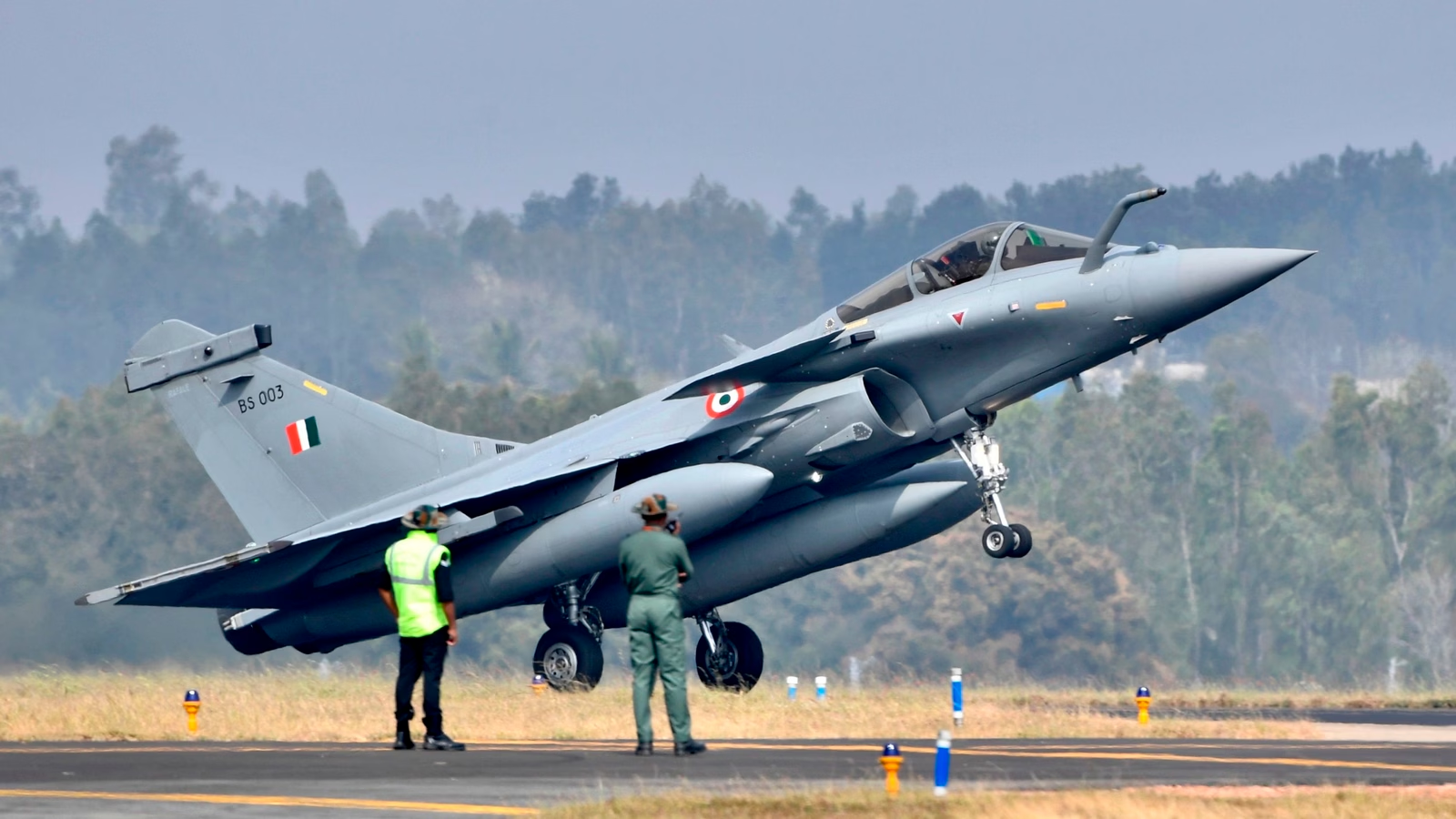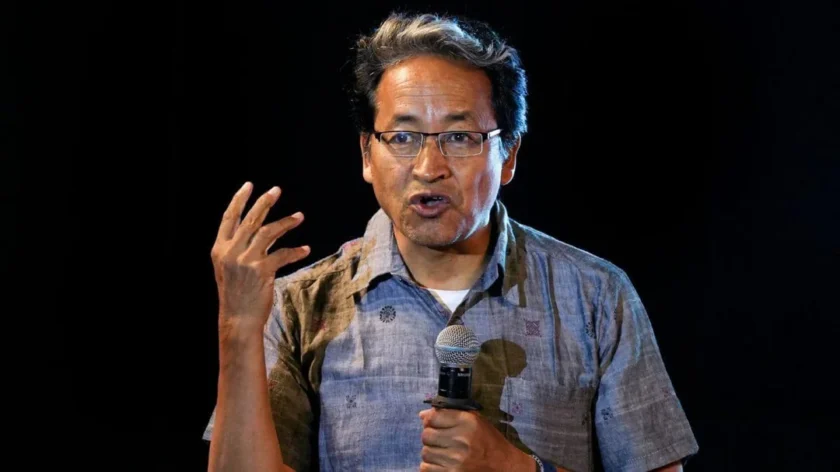New Delhi: The Indian Air Force (IAF) is set to undertake a major expansion of its squadron strength, aiming not only to increase the number of fighter jets but also to enhance aviation technology, sensor capabilities, and operational range. This strategic initiative is expected to transform India’s air combat profile and alter the regional military balance.
Currently, the IAF operates around 29 squadrons, a number reduced following the retirement of MiG-21 aircraft. According to unofficial defence sources, plans are underway to increase squadron strength by 30–35%, potentially bringing the total to 54–56 squadrons. Each squadron typically comprises 18–20 modern fighter jets, which would push the total aircraft strength past 1,000.
Alongside numerical expansion, the Air Force is also working on diversifying its fleet. HAL Tejas aircraft are being inducted in larger numbers, with orders for Tejas Mk-1A already placed and plans for Mk-2 deployment in the pipeline. Reports suggest discussions are ongoing for acquiring fifth-generation fighters such as Russia’s SU-57, which would enhance IAF’s stealth and radar-sensing capabilities, although official confirmation is pending.
The technology upgrade plan goes beyond fleet size, incorporating advanced radar systems, electro-optical sensors, networked command-and-control, and modernized weapons systems. Combined indigenous and foreign systems are being integrated to create a flexible task-suite capable of performing multiple mission profiles effectively.
Previously, the IAF had set a goal of 42 squadrons under a two-front operational strategy. However, following recent operations such as Operation Sindoor, the target has been revised upward, reflecting a faster push toward strengthening India’s air combat capabilities.

Enhancing self-reliance and combat power remains a key priority of India’s defence strategy. Indigenous programs like Tejas Mk-2 and the Advanced Medium Combat Aircraft (AMCA), a fifth-generation stealth fighter, are central to this vision. These aircraft are being fully developed in India and are expected to be technologically advanced.
In response to regional security challenges—particularly Pakistan’s attempts to strengthen its air force with Chinese support—the IAF is exploring options to acquire advanced platforms like the SU-57. With superior sensor technology, radar systems, and electro-optical missile warning systems, such aircraft could dramatically enhance India’s aerial combat capabilities.
Once squadron strength surpasses 56, the IAF is expected to operate more than 1,000 fighter jets, creating a formidable strategic advantage in South Asia. This expansion is poised to bolster India’s regional security posture and send a clear message of strength to neighbouring countries.






